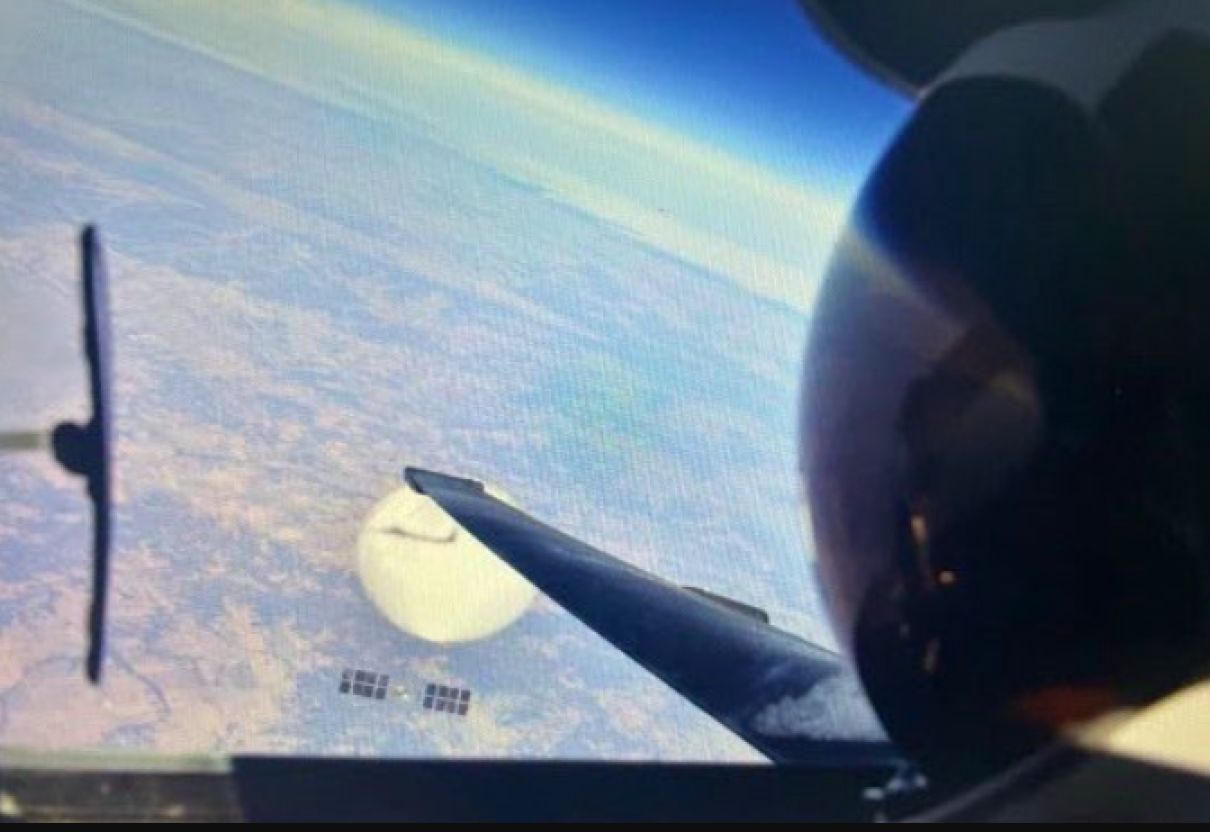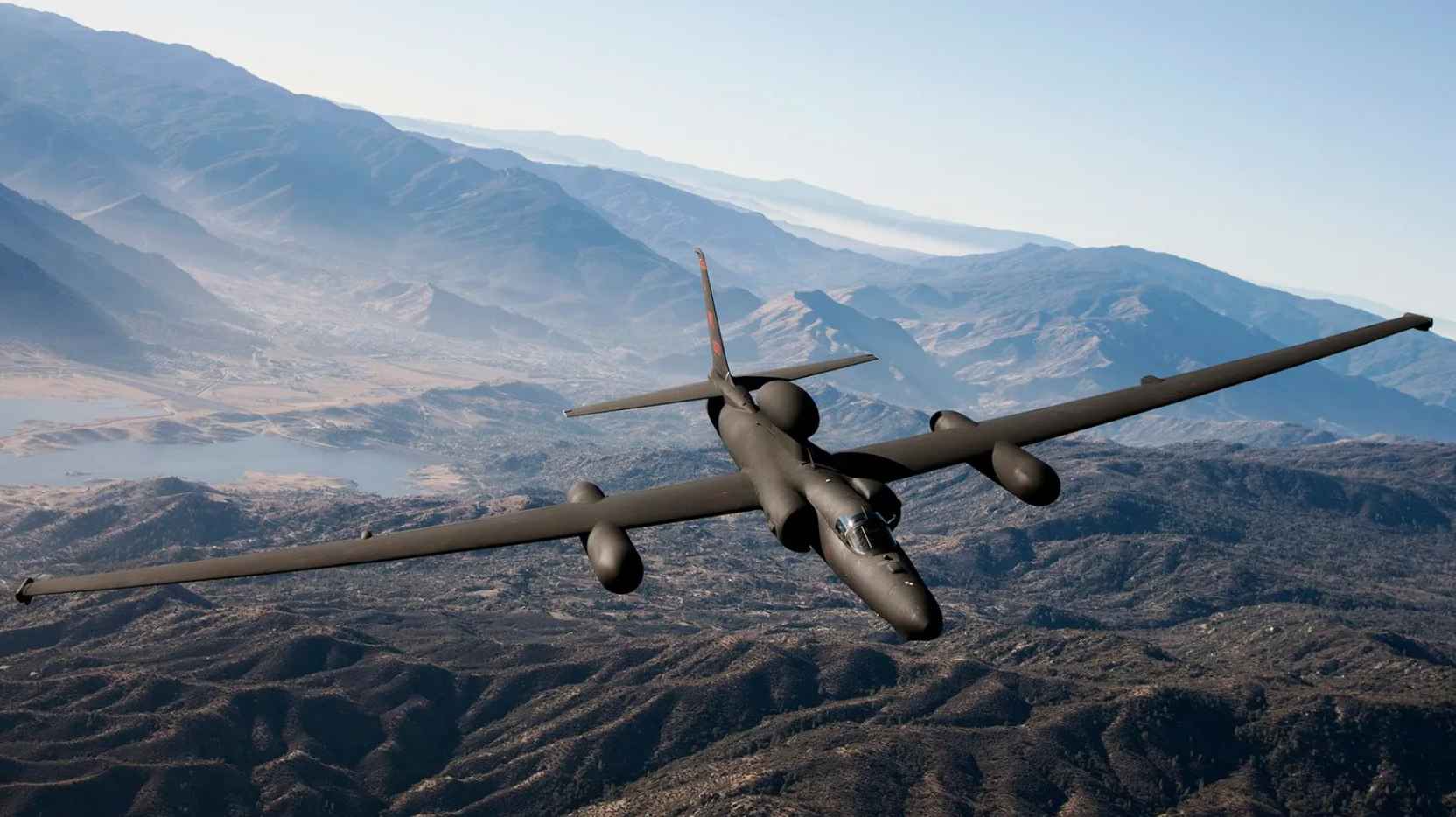As the US Air Force prepares to retire its aging U-2 Dragon Lady fleet by 2026, they are making the most of the remaining operational time to explore technologies that may play a crucial role in future aircraft.
US, Australian Stealth Fighters Join Hands For ‘High-End, High-Tempo, Multi-Domain’ Combat Mission
In March, reports emerged indicating that the U-2 spy plane is set to retire by 2026 owing to budgetary considerations. The U-2 spy plane has a storied history, having served the United States for decades in various intelligence and reconnaissance missions.
The Dragon Lady holds the distinction of being the highest-flying aircraft in the US Air Force’s inventory, as far as publicly available information goes.
This fact was prominently demonstrated during the US military’s response to a high-altitude Chinese spy balloon that traversed US and Canadian airspace for several days before being intercepted and destroyed near the South Carolina coast.
At the Life Cycle Industry Days conference on August 1, Col. William Collins, the senior materiel leader for high-altitude intelligence, surveillance, and reconnaissance, officially confirmed the plan to retire the U-2 spy plane.

William Collins was quoted saying by Air & Space Forces Magazine, “Our focus right now is working with [Air Combat Command] to maintain full viability of the plane through the service life, maintaining as much trade space for senior leaders.”
“We are working toward the Air Force’s position to the best of our ability. But what we’re doing predominantly is focusing on ensuring that we don’t create a scenario in which we’re unable to meet mission needs because of things like obsolescence,” he added.
The current fleet dates back to the 1980s, with the last delivery occurring in 1989. Subsequently, an upgrade was undertaken in the early 1990s. The original U-2 aircraft’s maiden flight was in 1955.
But the average age of the U-2 fleet has now reached almost 40 years. As a result, the Air Force confronts the challenge of dealing with diminishing manufacturing sources for critical components, as highlighted by Collins.
Given the sustained demand and its crucial role in military operations, the United States Air Force is determined to maintain the fleet’s operational status until at least 2026.
With an exceptional ability to soar at altitudes surpassing 70,000 feet, the U-2 spy plane is in high demand from combatant commanders.
To bolster the U-2’s capabilities and ensure its effectiveness, the Air Force has requested significant funding for fiscal year 2024.
The report said this includes US$16.8 million for research and development, US$54.7 million for procurement, and US$17 million for operations and maintenance.
US Using U-2s To Test Tech For Fifth-Gen Aircraft
Despite the aging condition of the current U-2 fleet, the United States Air Force currently maintains 27 operational aircraft. One of the U-2’s remarkable features is its exceptional capability to fly at extremely high altitudes, reaching up to 70,000 feet.
This unique attribute grants the U-2 the ability to conduct intelligence and reconnaissance missions covertly. Over the years, the U-2 has undergone a series of comprehensive upgrades and modernizations, significantly enhancing its capabilities.
These improvements encompass the installation of state-of-the-art avionics, such as digital displays and upgraded radar systems, which have increased the aircraft’s reliability and streamlined its operation for the flight crew.
However, the official replacement for the iconic U-2 Dragon Lady has not been publicly announced yet. One highly probable contender is the classified Northrop Grumman RQ-180 stealth drone.
The U-2’s versatile applications extend beyond traditional intelligence, surveillance, and reconnaissance duties.
The Air Force seems to be actively investigating methods to utilize this platform to test the state-of-the-art technologies destined for future aircraft.
Col. Joshua Williams, the program executive officer for ISR and special operations forces, is quoted in the latest report as saying that the U-2 is being utilized in “unique and innovative” ways, serving as a surrogate platform to mitigate risks for the fifth-gen fighters.

“All we’re doing is decreasing risk and increasing the technical maturity for stuff we’ll use on the F-35, F-22,” Williams added.
As per budget documents, the mentioned “stuff” refers to various sensors and capabilities directly linked to two essential defense initiatives: the Air Force’s Advanced Battle Management System (ABMS) and the broader Joint All-Domain Command and Control (JADC2) effort led by the Pentagon.
Col. William Collins further elaborated on the focus of these initiatives, highlighting the need for a code-compliant processor capability that facilitates open mission systems. This capability ensures seamless integration and compatibility with future fifth-generation and sixth-generation platforms.
“We’re also looking at demoing some [signals intelligence] capability that can also be potentially used on future platforms,” Collins noted.
In addition to reducing risk and freeing up fighters like the F-35 and F-22, using the U-2 as a surrogate platform offers another significant advantage.
Col. William Collins highlighted the focus on demonstrating the development of future capabilities that emphasize survivability and the ability to integrate and interchange sensors across different platforms seamlessly.
The goal is to move away from a platform-specific approach and adopt a platform-agnostic architecture, where sensors can easily plug and play, offering greater flexibility and adaptability in a rapidly evolving battlefield.
This flexibility is particularly critical for the success of the Air Force’s Advanced Battle Management System (ABMS), as the integration of sensors into a broader architecture is noted by Air Force leaders.
However, while the U-2’s role as a surrogate platform benefits the development of sixth-generation platforms and ABMS, it also marks a fundamental shift in the Air Force’s approach to its primary mission of high-altitude intelligence, surveillance, and reconnaissance (ISR).
The RQ-4 Global Hawk drone, another high-altitude ISR platform, is slated for retirement in 2027, a year after the U-2 fleet. Col. Joshua Williams acknowledged that this changing landscape will introduce new challenges and demands for high-altitude ISR missions, particularly in contested environments.
Thus, the conditions in which the U-2 and similar platforms operate require different approaches and innovative solutions to continue effectively fulfilling their mission objectives.
- Contact the author at ashishmichel(at)gmail.com
- Follow EurAsian Times on Google News




